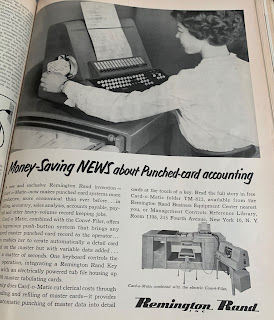St. Nicholas, Washington Irving tells us, was first seen by a Dutch scouting party checking out Manhattan. Shipwrecked on its shores, they had a vision in which good St. Nicholas came riding over the tops of the trees, in that self-same wagon wherein he brings his yearly presents to children." St. Nicholas becomes the founding father of New York, which is why he is the patron of he New-York Historical Society, founded in 1804, and to which Washington Irving belonged when, in 1809, he published this in an extended parody of Samuel L. Mitchell's Picture of New-York, the publishing sensastion that was Irving's History of New-York. The history of Santa Claus being a crowded field, especially at this time of the year, I'll leave the rest to silence except for the confusion of dates for St. Nicholas' advent, whether on the 6th of December, the 24th, 25th, or New Year's Eve, and the indigenous North American parallel that seems relevant here, Le canoe volant, or, as the Wikipedia entry more primly has it, La Chasse-galerie, which in the story carries voyageurs home to their loved ones on New Years Eve. And, as always, I should acknowledge the brilliant connection that Lauren Golf makes between the legend of the flying canoe and the Sullivan Expedition, or boats floating above the flooded countryside in general.
But "the first Christmas" in North America was at the second permanent European colony in North America, Port Royal, Nova Scotia. It was celebrated by Samuel de Champlain, Membertou, the sachem of the Micmacs, and Champlain's Order of Good Cheer, more than two centuries before in 1605.
Second?































